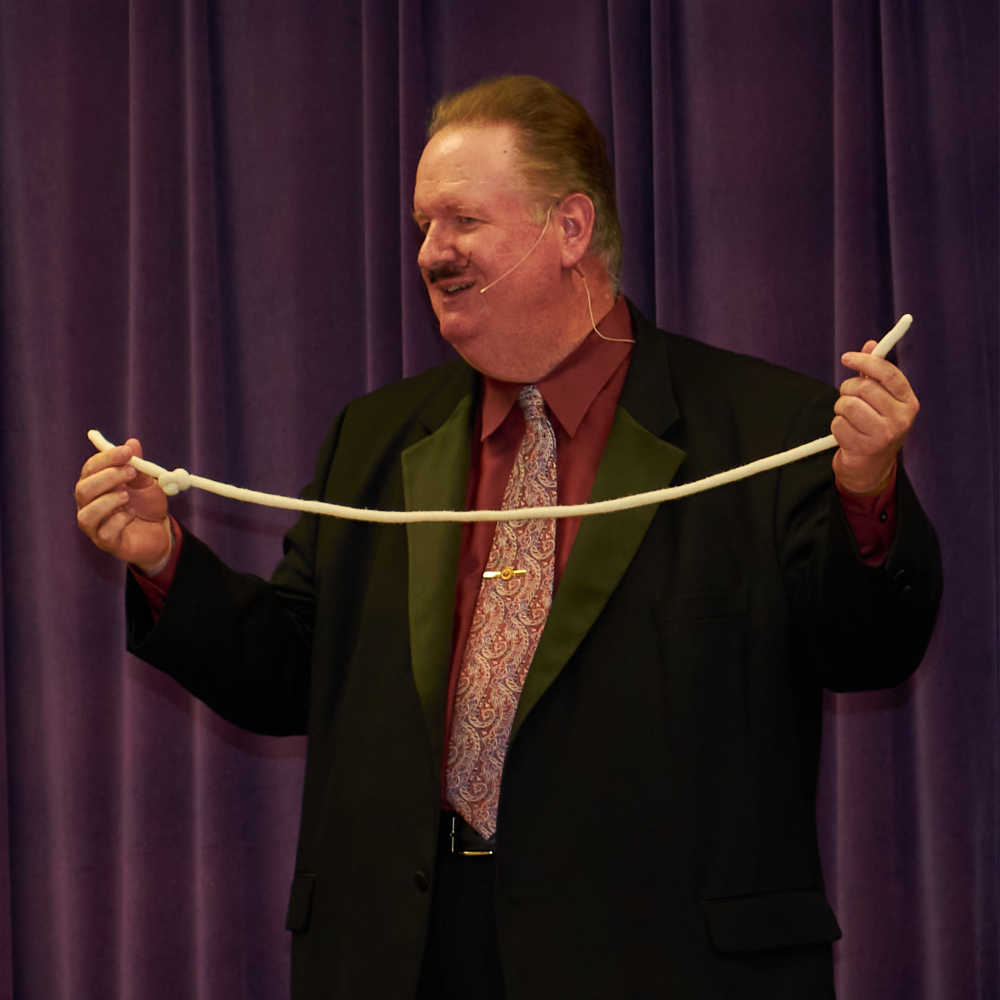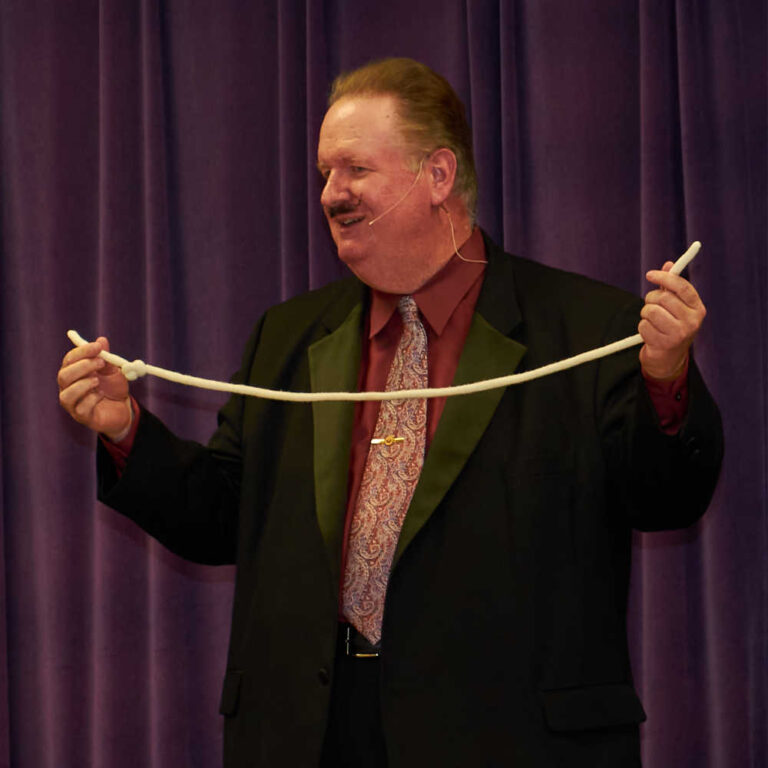Bow Ties and Strategy: The Impact of Intent
Insights on business strategy can sometimes be found in the unlikeliest places. I had a flash of insight at a breakfast meeting in Buckhead a few weeks ago when discussing, of all things, bow ties.
Until about two years ago, my thoughts on bow ties were generally dismissive and largely encapsulated in my standard comment on the subject, “You have to be the kind of guy who can pull it off, and I’m just not a bow tie guy.” Then I met an Atlanta businessman, Jay Austin of Jay Austin Bow Ties, who created a custom Mississippi State bow tie for me and got me to try it on.

What did she say that made such an impact that I instantly made a note to share it with you?
“There’s a difference between putting on clothes and getting dressed. When you wear a bow tie, you get dressed.”
Putting on Clothes vs. Getting Dressed
The distinction between “putting on clothes” and “getting dressed” is a significant one. It is full of meaning and insight. Here are just a few concepts that came to mind for me as I considered the difference.
- Intent – “Putting on clothes” is a low-intent activity, intended only to cover what’s absolutely necessary and focused only on the needs of the wearer. “Getting dressed” is a high-intent activity, with focus both on the wearer and the observer.
- Strategy – “Getting dressed” implies a goal and a purpose that goes beyond the simplest immediate need, and a willingness to make choices to get there.
- Timeline – The decision to “get dressed” implies that there is going to be an investment of time to achieve a desired result, not just a half-hearted attempt to achieve a minimum result.
- Measurement – You can “put on clothes” without ever looking in a mirror, but “getting dressed” requires checking results along the way as well as critiquing the final outcome.
The Strategy Transformation
As you can see, just the decision to “get dressed” changes the way you think about what you will do when you start choosing your clothing. The bow tie is a catalyst for that decision, but it has ramifications that may cascade throughout the entire process, from shirt to pants to belt to shoes.
As I thought about it, I concluded that there are parts of my life and areas of my business where I have settled for “putting on clothes” when I could have chosen instead to “get dressed.”
By the way, after putting on my first bow tie, I experienced a strange phenomenon. Everyone who saw me wearing it said, “See, you’re just one of those guys who can pull it off.” They were unknowingly echoing my own words back to me. This was completely unexpected. It seems that the very act of putting on a bow tie transforms you into “one of those guys” in the eyes of others. Taking action is almost magically transformative.
What About You?
Take a step. Develop a vision and be intentional with your strategy as you pursue it. You will find yourself transforming into the kind of person and leader who thinks, plans, and acts with an entrepreneurial instinct.
How are you going to choose to “get dressed?”






